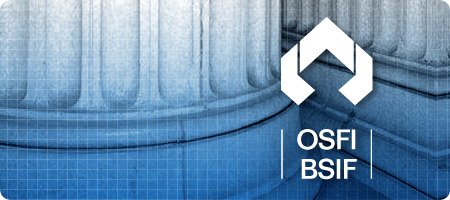As you’ve probably heard, there were a plethora of changes directed at the mortgage industry last week by Finance Minster Jim Flaherty along with the OSFI (Office of the Superintendent of the Financial Institutions of Canada). This is the 4th time since the credit crisis in 2007 that the Department of Finance has clamped down on mortgage lending.
The changes announced by Finance Minster Jim Flaherty are specifically directed at anyone wishing to get a mortgage with less than 20% equity (and these changes are scheduled to take effect on July 9th, 2012):
- Mortgages will no longer be allowed to be spread out with a 30-year amortization, with the new max now set at 25 years. This chops the maximum theoretical mortgage by roughly 9%!
- Those wishing to refinance their house to pull equity out will now only be allowed to refinance to 80% LTV (Loan-to-Value) instead of 85%.
- The government will limit the maximum Gross Debt Service (GDS) ratio to 39% and Total Debt Service (TDS) ratio to 44% (GDS does not currently apply to those with a credit score over 680, but many lenders have their own internal limits that they use already).
- The government will ban mortgage insurance on properties valued over $1 million (this doesn’t affect many of us in Barrie, but think of our neighbours down in Toronto, or out west in Vancouver! $1 million doesn’t buy near as much in those 2 cities as it does here.
In addition to those changes the OSFI also released mortgage underwriting guidelines. Here’s what is changing (note: these changes only apply to federally-regulated lenders):
- The maximum loan-to-value on a HELOC (Home Equity Line of Credit) will drop from 80% to 65%. Unfortunately this means more people will be saddled with high-interest debt (like credit cards, etc) that they can’t refinance into a lower-interest line of credit. This will also slow home improvement spending (sorry Home Depot & Rona). If you were thinking of building a new deck or remodeling the kitchen, and hoping the equity in your home was going to pay for it, you’ll need at least 35% of your home paid for to access the equity with a HELOC.
- The qualifying rate for fixed terms less than five years and all variable rates is being raised to “the greater of the contractual mortgage rate or the five-year benchmark rate published by the Bank of Canada.” Basically, if you want a variable-rate mortgage or a fixed rate at less than 5 years, you’ll need to at least qualify at the 5-year benchmark rate (which is currently at 5.24%).
- All self-employed borrowers must provide “reasonable” income verification (ie. a Notice of Assessment). Most lenders were asking for more income verification for self-employed individuals already, so this is more of a formality than anything.
- “Cash back” should not be considered part of a down payment (basically eliminates 100% financing).
If you want to read more about the repercussions of these changes, there’s a fantastic post over at CanadianMortgageTrends.com: 20 Observations on the New Mortgage Rules.
So, what do you think about all the changes?
